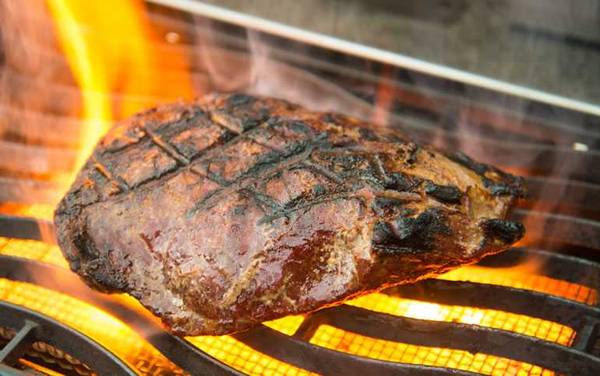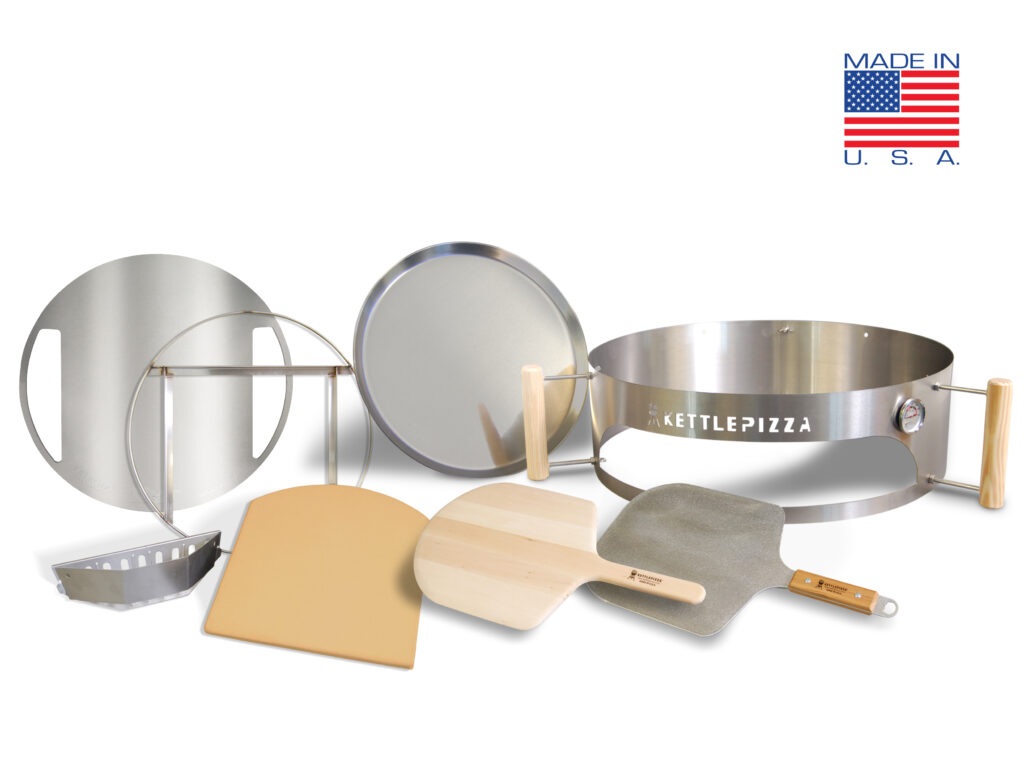That's great, but it traps and holds heat right ABOVE the food I want to cook.
I could probably sear my steaks on low if the heat didn't escape above the food!
It does, and to be honest the closest thing to a Gas grill that I own is a Blackstone (Sorry Weber, it was before you came out with your flattop).
Ive seen a lot of gimmicks over the years from infrared side burner searers to specialty griddle grates to capture and hold the heat so a good sear can be attained.
With Charcoal/wood there are two methods.
1. Make the fire larger and hotter
2. move existing fire closer to grate the food is on
Part of the issue may just be that those "Flavorizor" bars and protective roofs over the venturi tubes are deflecting most of your heat out and up the sidewalls in order to protect against flareups. With the technique you are trying to do, it may not ever work right with your
gas grill. The whole point of reverse searing a steak is to allow the meat to acquire smoke flavor to the meat before the outside is seared closed. When cooking with gas to begin with you might as well cook at a lower temperature directly on a hot grate with a smoke tube running in the grill the entire time.
Think of it this way, trying to reverse sear on a gas grill is like baking your steak in the oven until it hits 115 degrees and only then pulling it out to throw it on your gas grill set on high to finish it off. The technique itself does not lend itself gas grills. Pellet smokers yes. Charcoal grills with lids and multi zone cooking, yes.... On a gas grill its a lot more work for not a lot of return. Most guys doing a reverse sear will run their grills at a lot lower temperature like a smoker, letting the meat rest while they stoke the fire up to temperatures north of 500 degrees to do the sear.
Your best bet will be as follows
1. Cook over low heat with a smoke tube in the grill.
2. Finish searing by using a hot cast iron pan and basting with butter and herbs



